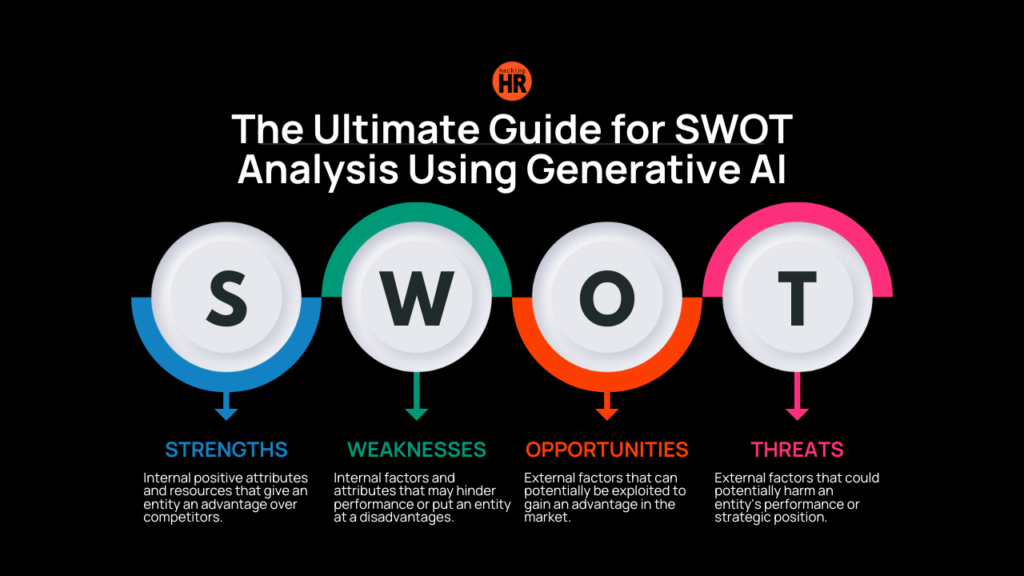In the ever-evolving landscape of business, strategic planning is essential for success. One effective tool for this purpose is SWOT analysis. This simple yet powerful framework helps organizations assess their internal strengths and weaknesses, as well as external opportunities and threats. In this article, we’ll explore what SWOT analysis is and how to do a SWOT analysis effectively.
Contents
What is SWOT Analysis?
SWOT stands for Strengths, Weaknesses, Opportunities, and Threats. It’s a strategic planning tool used by businesses, non-profits, and individuals to identify key factors that can impact their objectives. By analyzing these four aspects, organizations can create strategies that leverage strengths, improve weaknesses, capitalize on opportunities, and mitigate threats.
The Four Components of SWOT
- Strengths: Internal attributes and resources that provide a competitive advantage. Examples include a strong brand, loyal customer base, unique technology, or skilled workforce.
- Weaknesses: Internal factors that may hinder performance, such as lack of resources, gaps in expertise, or negative brand perception.
- Opportunities: External factors that the organization could exploit, such as market growth, lifestyle changes, technological advancements, or favorable regulatory changes.
- Threats: External challenges that could jeopardize success, including economic downturns, increased competition, or shifts in consumer behavior.
How to Do a SWOT Analysis
Conducting a SWOT analysis involves several steps:
Step 1: Gather Your Team
Assemble a diverse group from various departments (e.g., marketing, finance, operations, HR) to enrich the analysis.
Step 2: Create a SWOT Matrix
Draw a grid with four quadrants labeled Strengths, Weaknesses, Opportunities, and Threats. This visual representation will help organize thoughts and discussions.
Step 3: Identify Strengths and Weaknesses
Encourage the team to brainstorm internal factors. Consider questions like:
- What does our organization do well?
- What unique resources do we have?
- Where do we struggle compared to competitors?
Step 4: Analyze Opportunities and Threats
Discuss external factors, guided by questions such as:
- What market trends could benefit us?
- Are there upcoming regulations that could affect us?
- What competitors’ actions could pose a threat?
Step 5: Prioritize and Develop Strategies
Once you’ve filled out the matrix, prioritize the items in each category. Identify critical elements for success and brainstorm strategies that leverage strengths to capitalize on opportunities while addressing weaknesses and mitigating threats.
Step 6: Create an Action Plan
Develop a concrete action plan based on insights gathered. Assign responsibilities, set timelines, and define success metrics for accountability and tracking progress.
Step 7: Review and Update Regularly
Regularly revisit the SWOT analysis to ensure it reflects current market conditions and organizational changes, helping you stay proactive rather than reactive.
Conclusion
SWOT analysis is a valuable tool for any organization looking to enhance its strategic planning. By understanding how to conduct a SWOT analysis, teams can gain insights that lead to better decision-making and improved performance. Whether you’re a startup or an established enterprise, incorporating this analysis into your strategic framework can pave the way for sustained growth and success.
